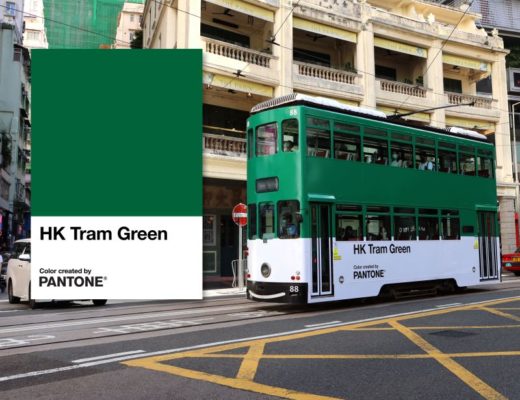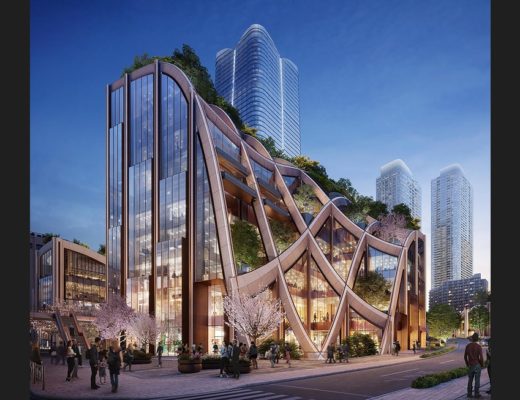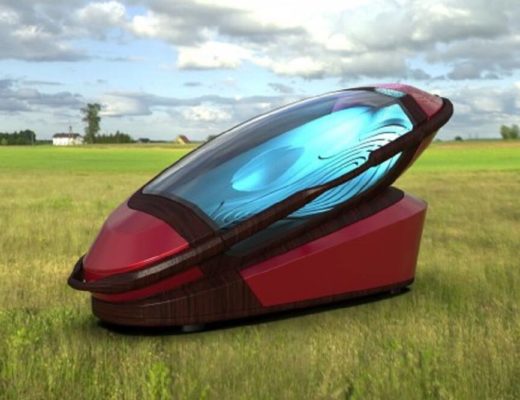Globally-recognised Italian architect, Marco Piva, has designed La Suite, a five-star hotel, which was inaugurated recently to celebrate the prestigious recognition given to the city of Matera, the 2019 European Capital of Culture. It is located along the famous Via Lucana and at a few meters from the Sassi, the area already known in the early ’70s as the vegetable garden of an aristocratic building called “Giardino Porcari”. 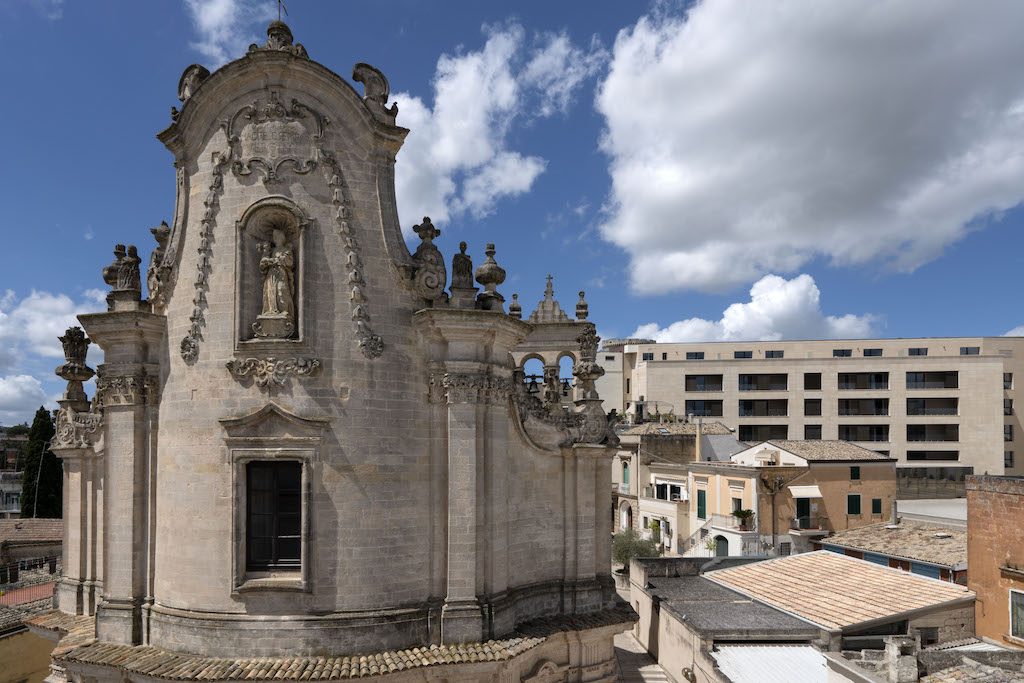
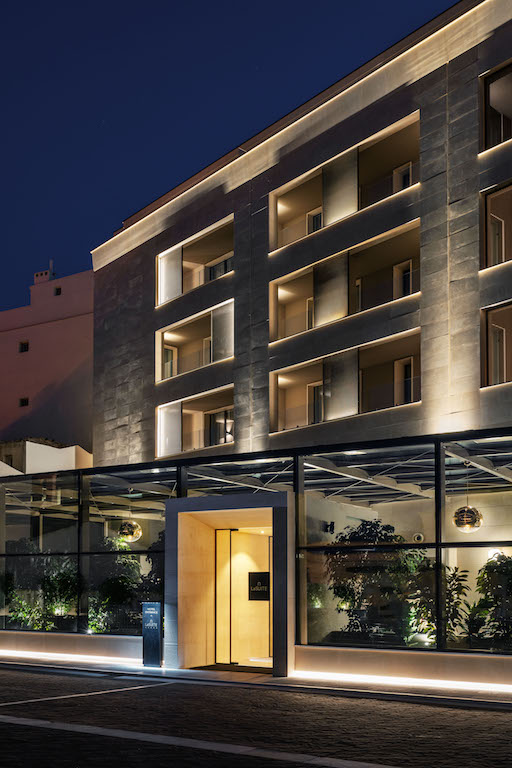
Inspired by the 20th-century movement of Italian rationalism, the building is characterised by a lack of decorations to promote an authenticity that integrates into the historic city. The architectural form effortlessly establishes the 40-key property in the city’s social and urban fabric context, and on the other hand, it also highlights a modern approach to the existing surroundings. 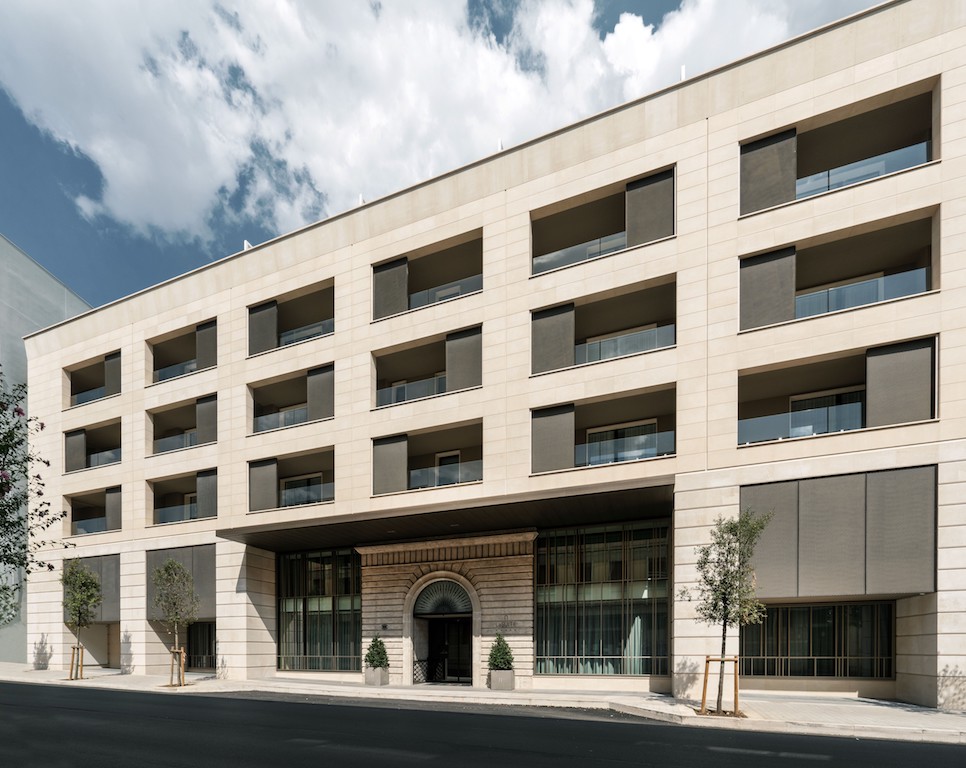
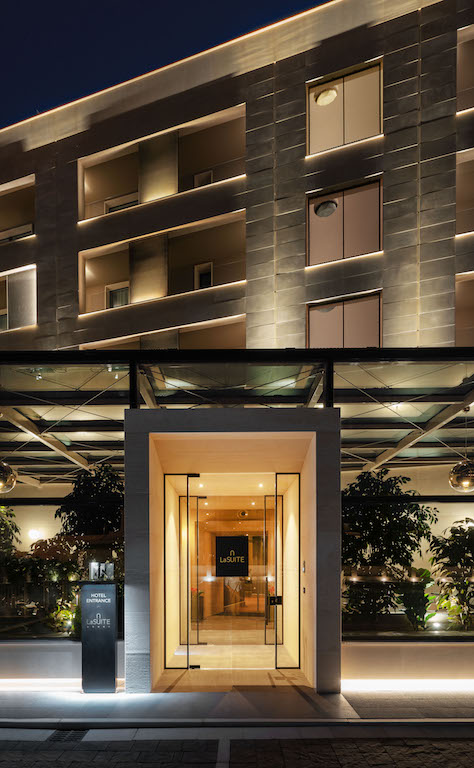
The hotel is distinctive for the use of local materials and the renovation of an imposing arched portal of the 17th century. The symbolism of the arch, an archetypal element that reminds of the Tuff caves of the Civita, is just one of the many iconic elements that inform this structure and creates a line of continuity with the past.
The architectural study of the facade is undoubtedly original, marked by the juxtaposition of vertically arranged, chromatically subdued lighting elements, which define a new, visibly homogeneous space with warm colours, in contrast to the intense light the city reflects naturally. An overall view of the fragmented facade is also highlighted through the Mazzaro slabs, which is a very resistant and high-performance type of tuff, and it is also used as a traditional covering material locally
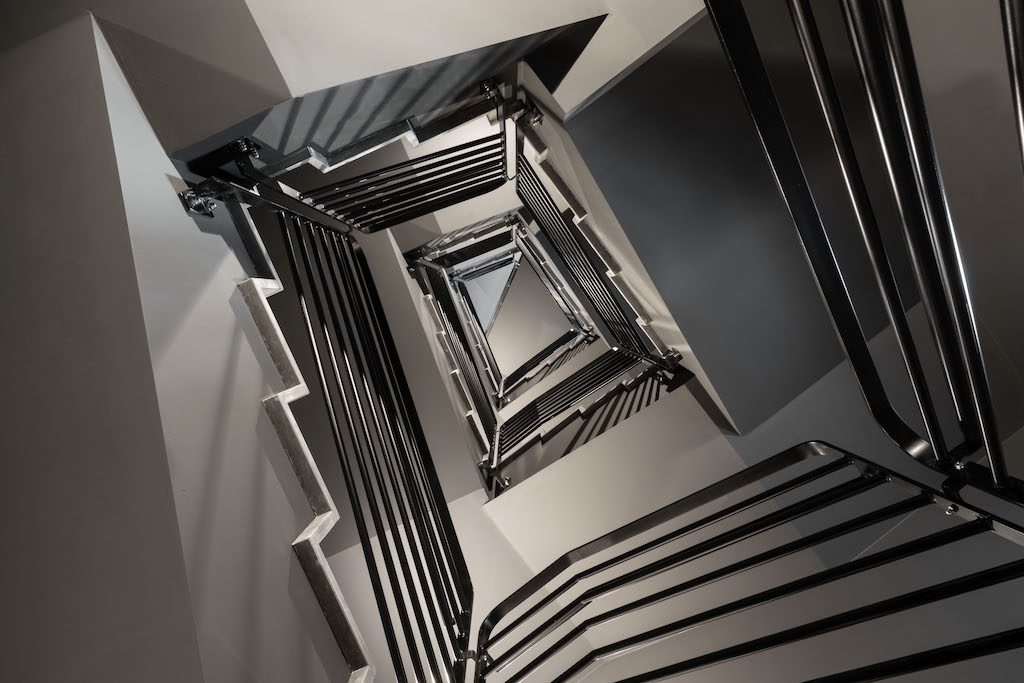 The design specifically regards the entire complex, conceived and built as a new urban meeting point, generating wide spaces intended for the social life of the city without altering its history.
The design specifically regards the entire complex, conceived and built as a new urban meeting point, generating wide spaces intended for the social life of the city without altering its history. 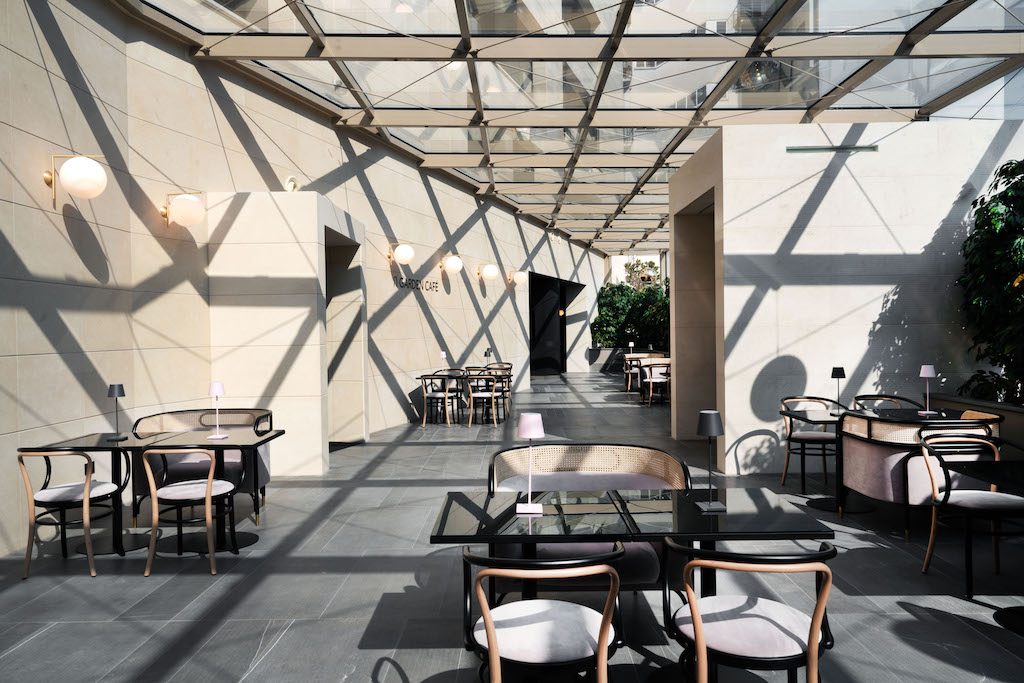 While the large windows of La Suite overlook one of the most important streets of the city, Via Lucana, the courtyard space serves as a community space for public events. The linearity of the facade is punctuated by a garden, with a seamless extension that acts as a filter between the outside and the inside and that can be enjoyed throughout the year.
While the large windows of La Suite overlook one of the most important streets of the city, Via Lucana, the courtyard space serves as a community space for public events. The linearity of the facade is punctuated by a garden, with a seamless extension that acts as a filter between the outside and the inside and that can be enjoyed throughout the year. 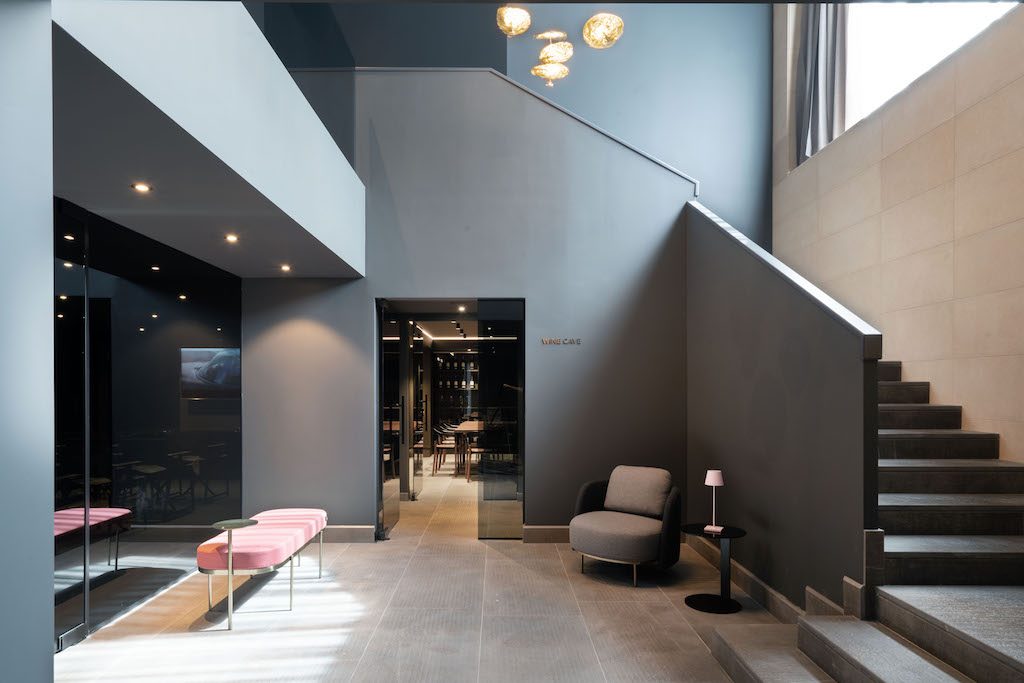
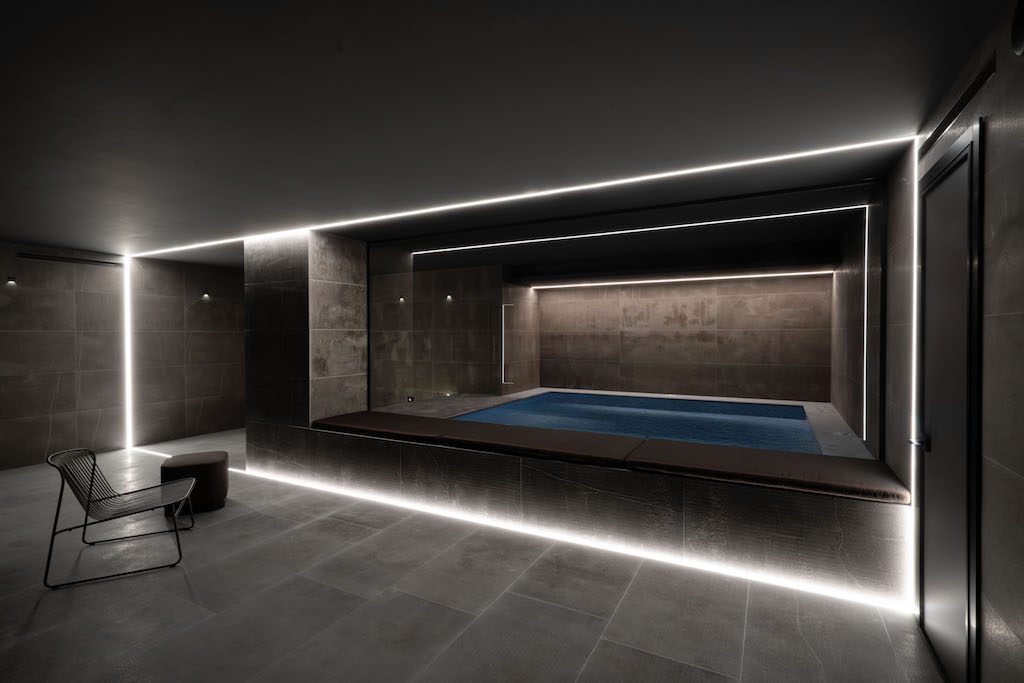
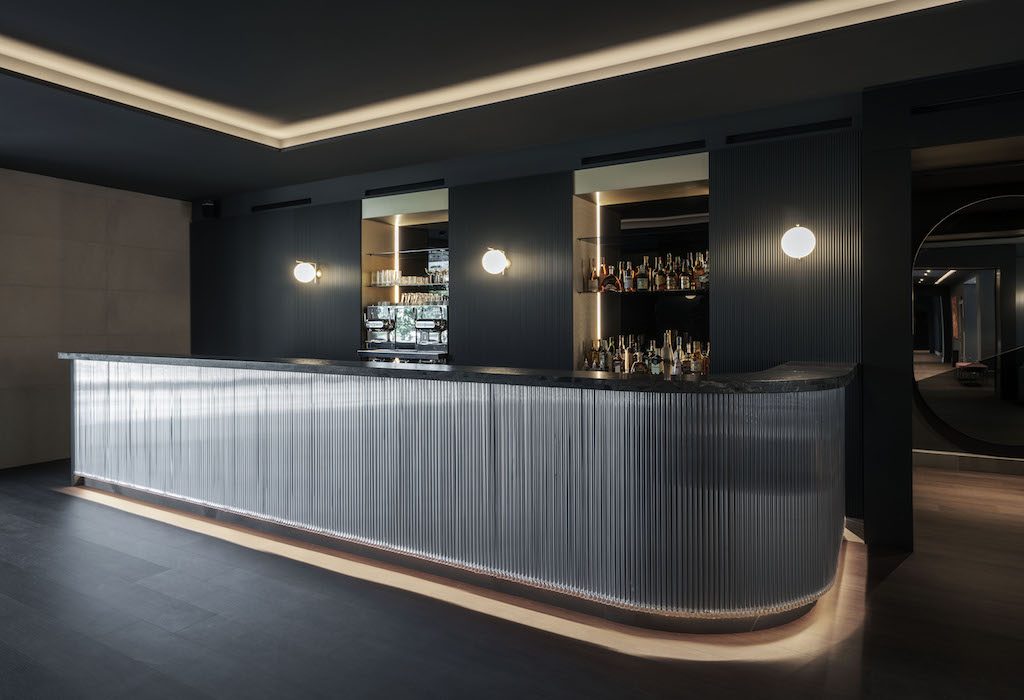
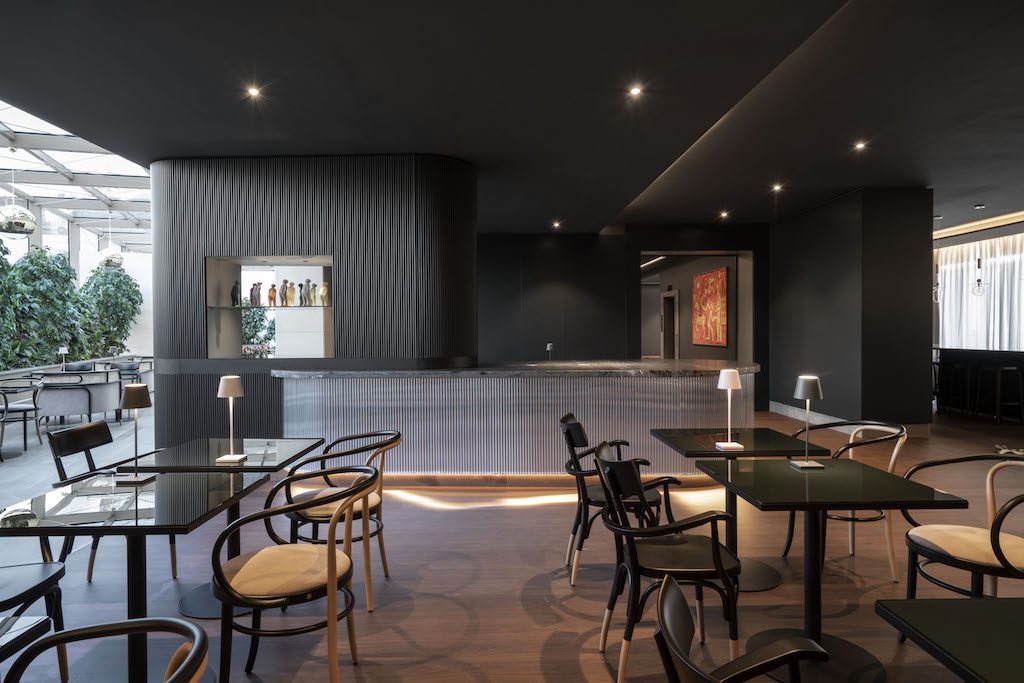 An overall view of the fragmented facade is also highlighted through the Mazzaro slabs, which is a very resistant and high-performance type of tuff, and it is also used as a traditional covering material locally.
An overall view of the fragmented facade is also highlighted through the Mazzaro slabs, which is a very resistant and high-performance type of tuff, and it is also used as a traditional covering material locally. 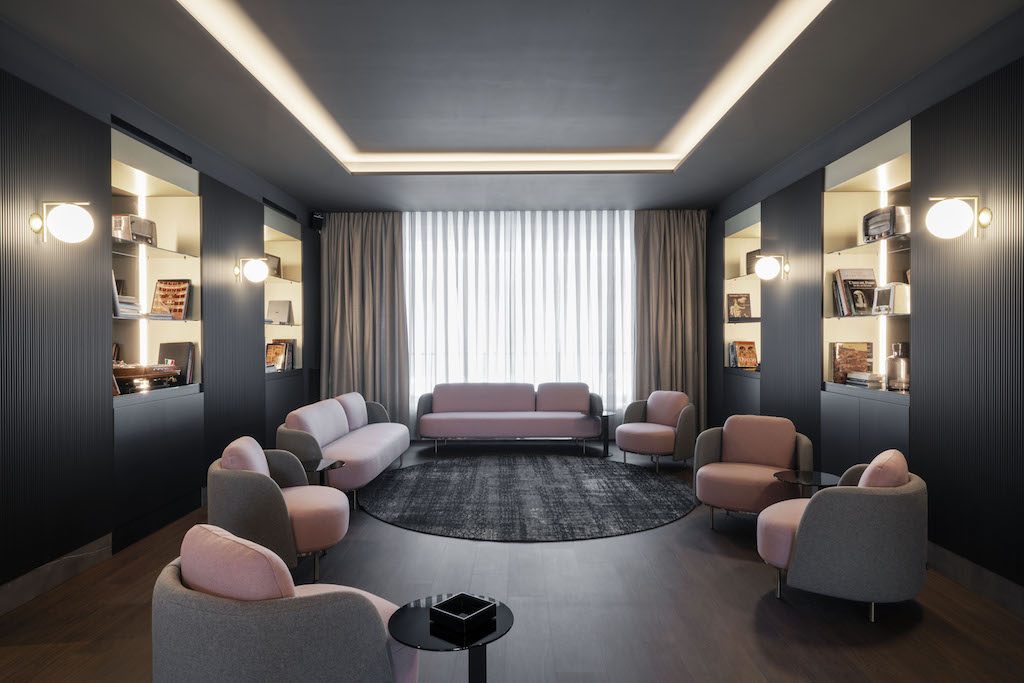
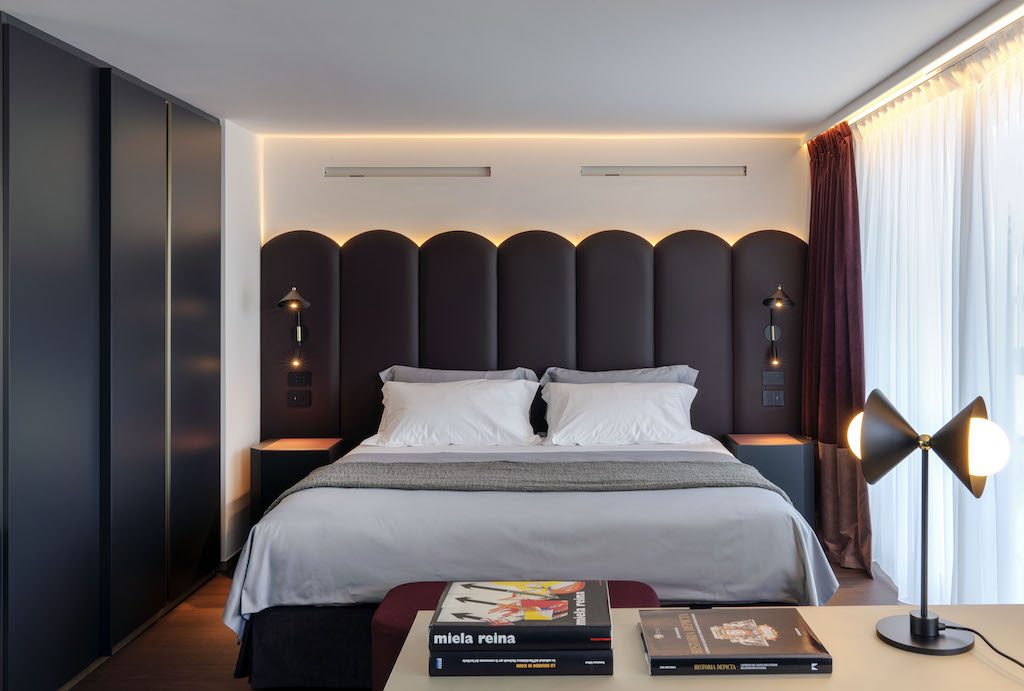 The interior design of the property similarly characterises a similar sensory experience. Geometries, volumes, and materials, from the most technical ones in flooring, to structural laminates, to traditional stones, are expressed through fine workmanship and elegant details, creating a timeless style.
The interior design of the property similarly characterises a similar sensory experience. Geometries, volumes, and materials, from the most technical ones in flooring, to structural laminates, to traditional stones, are expressed through fine workmanship and elegant details, creating a timeless style.


